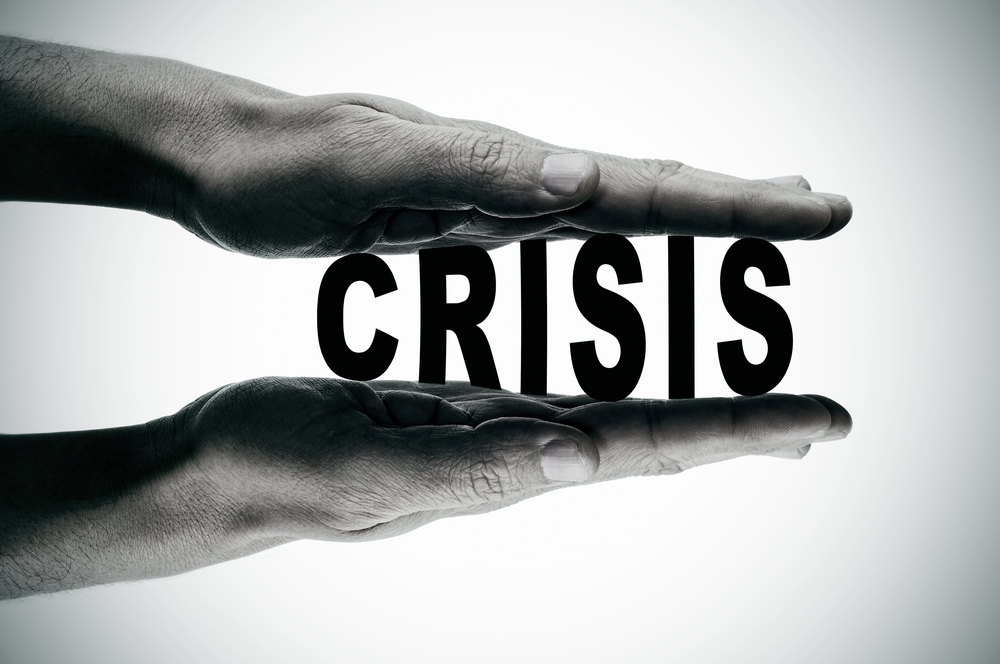Dr. Elisheva Jakobov-Assouline
Individuals who experience anxiety often tend to avoid what it is that is making them feel anxious. While short-term, this type of avoidance provides relief for the individual, long-term they have not addressed the core issue, further exacerbating their problem/s the next time they are faced with the stimuli.
Exposure therapy is a form of behavioral treatment where individuals learn to face their fears in a gradual manner. By doing so, new pathways are created, and over time, the individual is able to learn that their previous associations with the feared stimulus is not in fact a threat or dangerous. With exposure therapy, the focus is on the “what” and not really the “why”, making it a short-term treatment. Over the course of treatment, the individual gradually learns to become desensitized to the feared stimuli, leading to reduced anxiety and increased emotional wellbeing. When we feel better, it is because the anxiety center of the brain, the amygdala, is getting less sensitive to a certain trigger.
Exposure therapy is helpful for different mental health disorders including phobias, panic disorder, social anxiety disorder, obsessive compulsive disorder, generalized anxiety disorder and posttraumatic stress disorder.
What types of exposures exist?
There are several variations of exposures to feared stimuli that individuals can engage in. Different factors are taken into consideration when deciding which type of exposure to use with an individual.
- In vivo exposure- this type of exposure entails exposure to feared stimuli in real life. For example, if an individual fears elevator, the individual will be brought into the elevator, in real life. Or perhaps someone with social anxiety disorder might be instructed to give a presentation in front of a small audience.
- Imaginal exposure- this exposure focuses on addressing and processing fears through the imagination and is usually used when the stimulus is not easy to access. For example, if an individual has a fear of flying, the individual would imagine being in a plane.
- Virtual reality exposure- with advancements in technology, virtual reality exposure therapy has gained popularity, providing a safe and controlled environment for individuals to confront their fears through virtual simulations.
- Interoceptive exposure- this kind of exposure is used to expose the individual to the physical sensations that they do not like, such as anxious or panic symptoms. By doing so, the individual learns that the physical sensations are not as dangerous as they once thought, and that these physical sensations are part of the human condition. For example, if an individual experiences rapid heartbeat, exposure may include an exercise mimicking the symptoms by having the individual run on a treadmill, or up and down the steps for three minutes.
Exposure Therapy Techniques
Different techniques are employed when using exposure with an individual.
- Graded exposure- the psychologist works with the individual to construct an exposure fear hierarchy, which involves a step-by-step progression through a hierarchy of feared stimuli. The individual is asked to rate each situation using subjective units of distress (SUD), on a scale of 1 to 10. Once the individual has created a list of triggering situations that invoke anxiety, they start with the least anxiety provoking situation, and work their way to confront SUDs of 10, which are considered the most anxiety provoking triggers. For example, if a person has a fear of needles, it may start with having them look at a picture of needles, then observing someone else receiving a needle, and it would end with eventually having them confront the fear and doing a blood test.
- Flooding- Flooding involves exposing individuals to the most anxiety inducing stimuli immediately. It is different than graded exposure and while it can be intense, this technique can lead to rapid desensitization. For example, the individual may be faced with a needle immediately.
- Systematic desensitization- this exposure is combined with relaxation techniques. The goal is to help the individual associate the feared situations with relaxation. For example, if a person has a fear of snakes, they will practice their relaxation techniques while exposed to snakes, to combat the fear and anxiety they experience.
- Exposure and response prevention (ERP)- during this exposure, the individual faces the fear while preventing compulsive types of behaviors. This form of exposure is especially effective with Obsessive Compulsive Disorder. For example, someone with OCD may experience an obsessive thought of “I forgot to shut the stovetop, the house will go on fire.” In response to this distressing thought, they will engage in a compulsion, such as going back into the kitchen numerous times and checking the stovetop and touching the knobs. Doing this, relieves their anxiety temporarily. However, with ERP, the individual will learn to expose themselves to the obsession, without engaging in the compulsion/s.
What is needed for exposure to be successful?
In order for exposure to work there are several ‘ingredients’ to make it a success:
- Prolonged- it is important for the individual to stay in the anxiety provoking situation until their anxiety has decreased. If someone struggles with this, it is recommended to decrease the difficulty of the exposure and not the duration of the exposure. The more the individual is in the distressing situation, they may eventually feel bored of the trigger, and no longer anxious.
- Repetitive- they say practice makes perfect. This holds true for becoming great with any skill in life. The goal for repetitive practice is to allow for desensitization and habituation to take place. Desensitization refers to the reduction of emotional reactivity to a feared stimulus, while habituation involves the decrease in the physiological and emotional response over time. Through repeated exposures, individuals gradually become less sensitive and reactive to the feared stimuli. Eventually, the more the individual practices exposing themselves to their fears, they retrain their brain (amygdala) and will start to feel better.
- Focus on the anxiety- while this may be difficult for many, the therapist will ask you to focus on your feelings that you experience while you are in the anxiety provoking situation. The reason you are asked to do this, is to train your amygdala that the trigger is not of real threat or danger. Alternatively, if we ignore our unpleasant feelings, we send the message that the trigger is in fact threatening and dangerous.
- No safety behaviors- safety behaviors refer to behaviors individuals engage in to manage or alleviate their anxiety. While these behaviors may provide a temporary sense of relief, they often contribute to the maintenance of anxiety by preventing individuals from fully confronting and overcoming their fears. Safety behaviors can become counterproductive in the long run, as they reinforce the belief that the feared outcome can only be avoided through these actions. For example, if someone has generalized anxiety disorder, they may seek a lot of reassurance to feel better. In exposure therapy, a common approach is to gradually reduce and eliminate safety behaviors to promote desensitization and facilitate the development of more adaptive coping mechanisms.
Exposure therapy is a powerful tool for personal growth, offering individuals the opportunity to confront and overcome their fears. While in theory, exposure therapy may seem simple, it requires dedication, motivation, and a lot of discomfort. Utilizing this approach to face your fears can have a positive impact on your daily functioning and overall wellbeing. You will learn that avoidance has not served you too well, and confronting your fears will alleviate your anxiety. If you or a loved one are looking for help, feel free to reach out.





